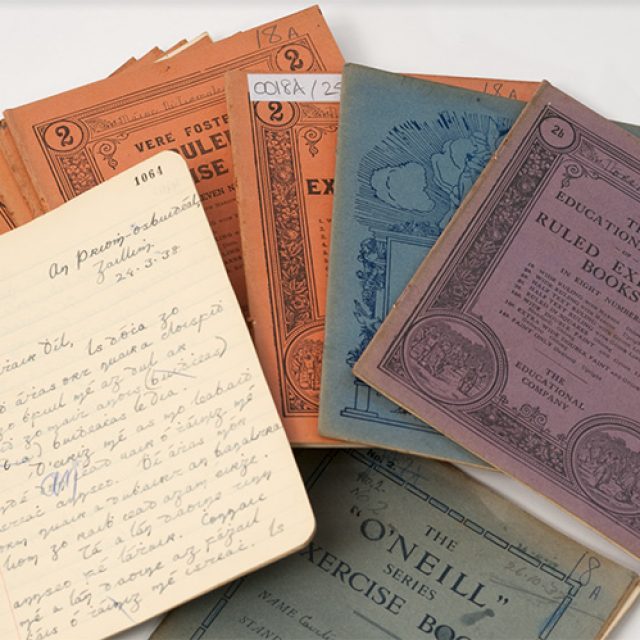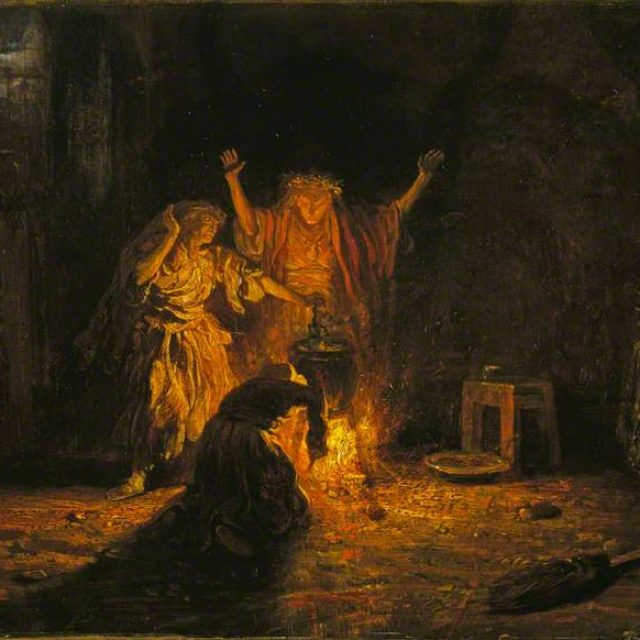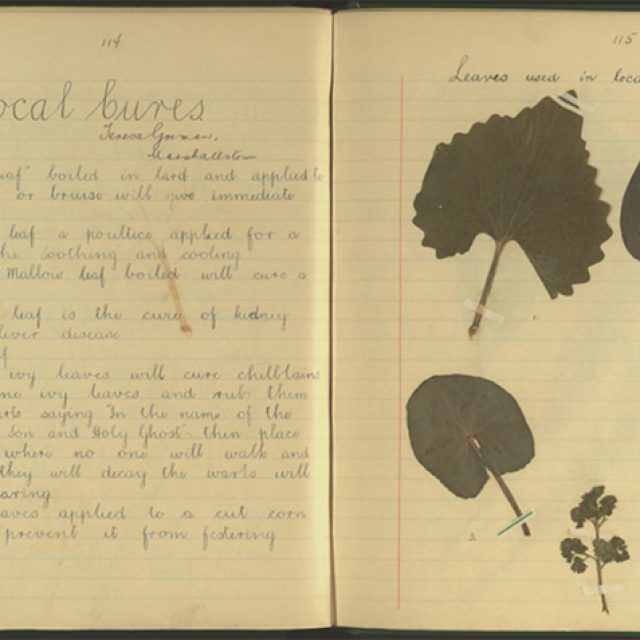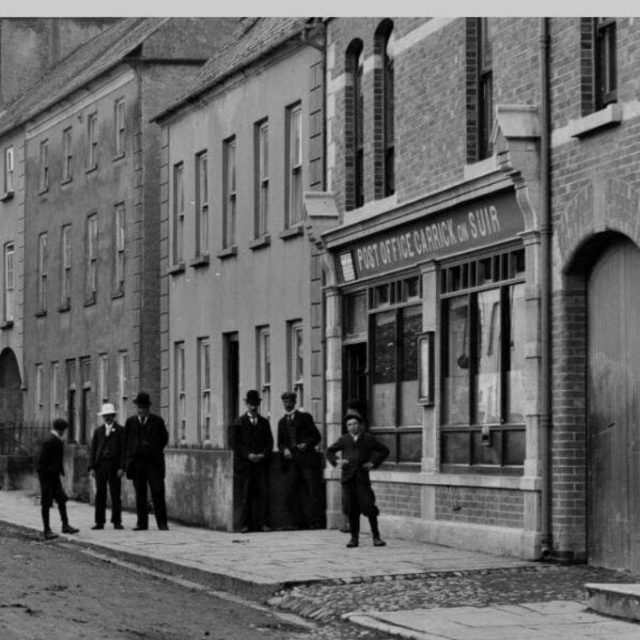Carrick on Suir Gift Vouchers

Carrick on Suir Business Association Gift Vouchers can be redeemed in over 45 businesses in Carrick on Suir.
By choosing Carrick on Suir Business Association Vouchers you are making a difference that benefits your community. This ‘shop local’ venture helps keep your community vibrant in business. You are also helping to safeguard local jobs all year round.
Vouchers are typically used as wedding presents, birthday gifts, special occasion gifts(Christmas) and staff bonuses. Others choose them as a way to save year round.
Carrick on Suir Gift Vouchers ,can be purchased through the Carrick on Suir Credit union located in Greystones Street , Carrick on Suir. You can give them a call at 051 640 675 or for more information, please call 086 3922774 or email cos.business@gmail.com.
The recipient of the Gift Vouchers has the choice of over 45 businesses where they can use their voucher and the purchaser knows they are keeping business local and supporting local jobs. More people are becoming aware of the vouchers ,which is adding to the welcome increase in voucher sales over the past couple of years. It is refreshing to see that people are more active than ever in their support of their local economy .
The local economy who invariably give generously to various organisations through sponsorship & spot prizes each year can see in return that people appreciate what these businesses do in the community.
“Local people are very aware of how important buying local is ,” says Seamus Campbell chairman of Carrick on Suir Business Association. “Local people buy local vouchers that support over 45 businesses and keep our economy active and vibrant throughout the year. The rise in the amount of vouchers sold year on year, over the last couple of years is a sign of local support and demonstrates very clearly that the people of Carrick on Suir are fully behind their local economy. Now more than ever before the business people of the town need local support . The uncertainty of the times & the devasting effects of Covid-19 to businesses means that the purchasing of the Gift Vouchers can give some solace in the knowledge that people do plan to spend locally . The make a great Gift as a little Thank You or if you have missed a loved one’s recent Birthday, Holy Communion , Confirmation or any celebration”
For Business
Why would your business choose Carrick on Suir Business Association Gift Vouchers?
- By being a member of the Carrick on Suir Business Association (COSBA) , your business can automatically accept the Gift Vouchers if you wish to do so.
- Carrick on Suir Gift Vouchers carry only a 4% commission fee.
- Vouchers are available in €10, €25 or €50 denominations
- Vouchers can be used for products and services in over xx local businesses (list provided)
- Under the Revenue Commissioners approved ‘Small Benefit Exemption’ scheme, from 2015 your business can award staff up to €500 as a once off payment. This €500 payment is completely Tax and PRSI Free requiring no return on payment when you avail of Carrick on Suir Business Association Gift Vouchers.
Businesses accepting Carrick-on-Suir Gift Vouchers
· Aoki Interiors - Soft Furnishings
· Blueway Bike Hire
· Bourkes Menswear
· Butler electrical – Electrical Goods
· Café West
· Carraig Hotel - Hospitality
· Carrick Carpets - Soft Furnishings
· Carrick River Rescue – Charity
· CDS Waste Management
· Centra Supermarket Ballylynch – Food & Fuel
· Clearys hardware – Topline – Hardware store
· Coghlans care plus - Pharmacy
· Dragon Inn Chinese Restaurant - Food
· Havens Pharmacy
· In the Wardrobe - Ladies Fashion
· Jans - Hairdressers
· John Hearn hardware store
· Kehoes butchers - Food
· Whelans butchers - Food
· Kilkieran Cottage - Restaurant
· Leonies at Bourkes Menswear - Ladies Fashion
· Meadows and Byrne village at Dove Hill -
· Lynne Keane Travel – Travel Consultants
· Martys pantry – Café
· Meanys shoes - Shoes
· My Dress Bridal Wear - Clothing
· NCBI- Charity
· New Street Barbers - Barbershop
· No 21 - off license sales
· O’ Ceallachains bar & bistro
· O’ K cycle & Sports - Bicycles
· Outfield Sports - Sports Store
· Sam McCauleys - Pharmacy
· Sean Kelly sports centre – Swimming Pool & Fitness Centre
· Shoe centre - Shoes
· Solero Viva - Health Store
· Splash and Chat - Computers & Internet cafe
· Strand cleaners - Dry Cleaners
· Suir Tyre Centre - Autos
· Supervalu - Supermarket
· The Junction bar & bistro - Hospitality
· The Rosebowl - Flower Shop
· Three Counties - Newspaper & Printers
· TNN Photos - Photography
· Treacy Fuel Merchant
· Tudor Artisan Hub - Arts & Crafts , Exhibitions
· Vincent de Paul – Charity
· World of Bounce & mini-farm - Adventure Playground
· Wurlizter - Menswear









